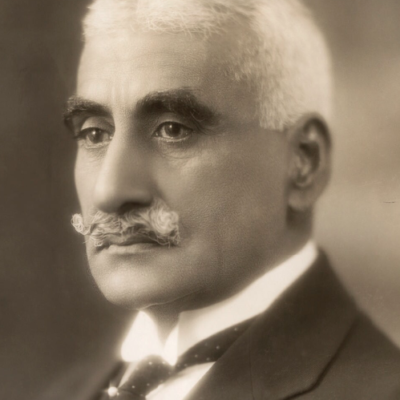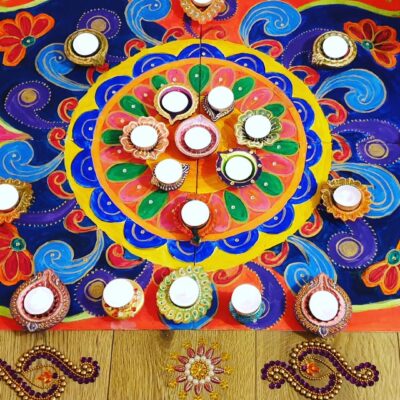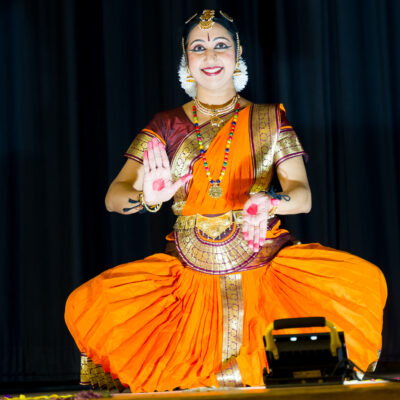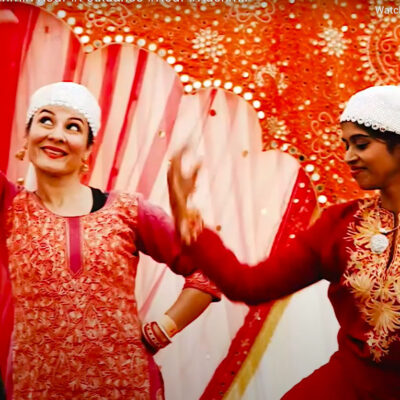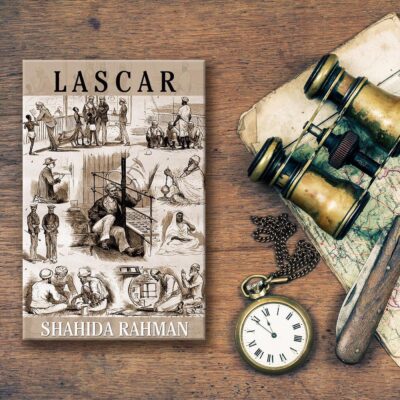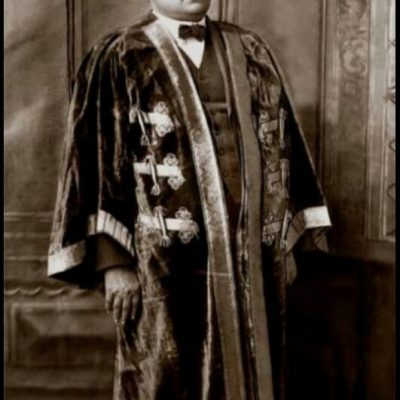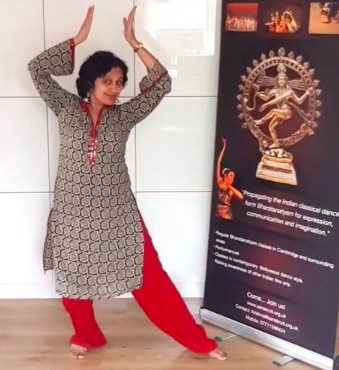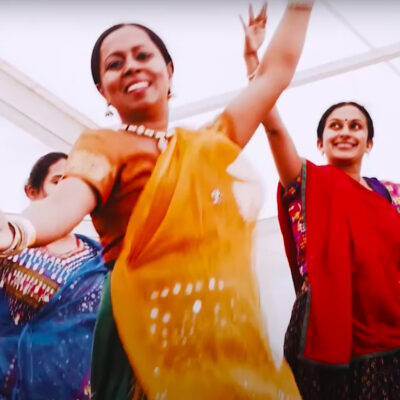Search by topic
- archaeology
- Building of Local Interest
- chapel
- charity
- church
- crime
- dressmaker
- fire
- Great Eastern Railway
- Listed building
- Mapping Relief
- medieval
- oral history
- poverty
- Public House
- Religious House
- Roman
- scholar
- school
- Then and Now
- tudor
- women
- work
- world war one
- world war two
Search by text

In India’s cities, life is lived on the streets – how coronavirus changed that
by Dr Lakshmi Priya Rajendran, Senior Research Fellow in Future Cities, Anglia Ruskin University
India’s coronavirus lockdown of 1.3 billion people is unprecedented in size and scope, particularly in a country where city streets are so thronged with life in all its guises. After an initial three-week shutdown, the Indian prime minister, Narendra Modi, announced the lockdown would be extended until May 3.
Mobility data from Google published on April 11 showed that compared to the baseline, there had been a 52% drop in visits to parks, plazas and public gardens in India, and a 69% decrease in visits to public transport hubs such as bus and train stations.
Stunning images of India’s deserted landmarks and public places are being posted daily on social media.
Meanwhile, debates continue about the various economic, social and environmental impacts of the lockdown.
As an architect and urbanist who is interested in everyday life in cities, I’ve been thinking about the significant role of public spaces, and their relationship with people’s daily life in India.
Daily interactions
In Mumbai there is merely 1.28 sq metres of public space per person, compared to 31.68 sq metres in London or 26.4 sq metres in New York. In this context, public spaces in India such as railway stations, bus stops, or local parks serve multiple functions. They often contain informal market places, space for spontaneous social gatherings or interactions, and act as a matrix where everyday life can occur.
These public spaces are often noisy, congested, vibrant and lively. For a visitor they can seem chaotic but for locals they display a deep-rooted order, grounded in the socio-cultural mileu. Shopping or just browsing through local markets is an integral part of everyday life for most Indians. Navigating a busy marketplace is a spontaneous act, a daily ritual.
These ordinary everyday public spaces facilitate social interactions and bring economic and social benefits, particularly to the poorer sections of society who often live in cramped accommodation.
Architect David Sim talks of the concept of a “soft city”, in which the experience of urban life adapts to people’s changing needs. In India, it’s these soft public spaces that make cities more liveable. Unfortunately, the significance of these spaces often take a back seat in city planning and development. For example, the Indian government’s much-debated Smart Cities Mission to create 100 futuristic cities by 2022 largely focused on efficient energy, mobility and waste management, overlooking the experience of urban public spaces.
Urban rhythms
While India’s famous landmarks remain deserted during the lockdown, people are still navigating the public spaces to buy from street vendors and corner shops.
There have been cases of transgression of social distancing guidelines in the country’s busy markets. Rather than seeing these transgressions as stemming from a lack of awareness or a deliberate breaking of the rules, they are largely a spontaneous outcome of the existing social patterns of behaviour. In these markets, people often spend time talking to their family, friends or even engage strangers in casual discussion on politics, movies or sports.
The way citizens behave and interact in public spaces helps to create a sense of familiarity and belonging in cities, and plays a key role in shaping people’s quality of life.
While people experience new kinds of physical interactions during this coronavirus crisis, such as waiting in queues a few metres apart as they shop, the sudden and unexpected interruption of their other outdoor activities makes it a good moment to reflect on the significance of the mundane yet multi-layered spaces in India’s cities.
Once the lockdown lifts, it’s possible that the long disruption could create more enthusiasm and appreciation for these spaces. And people – including India’s city planners – should take a moment to appreciate the everyday rhythms of urban life, and the way well-designed public spaces can allow some much-needed slowness amid the bustle.
Cambridge South Asian History Month was launched by Cambridge City Council on 15 June 2020. Join the conversation on our facebook page @CamSouthAsianHistory
More about Dr Lakshmi Priya Rajendran here
Article first published in The Conversation on 16th April 2020
Contribute
Do you have any information about the people or places in this article? If so, then please let us know using the Contact page or by emailing capturingcambridge@
License
This work is licensed under CC BY-NC-SA 4.0





